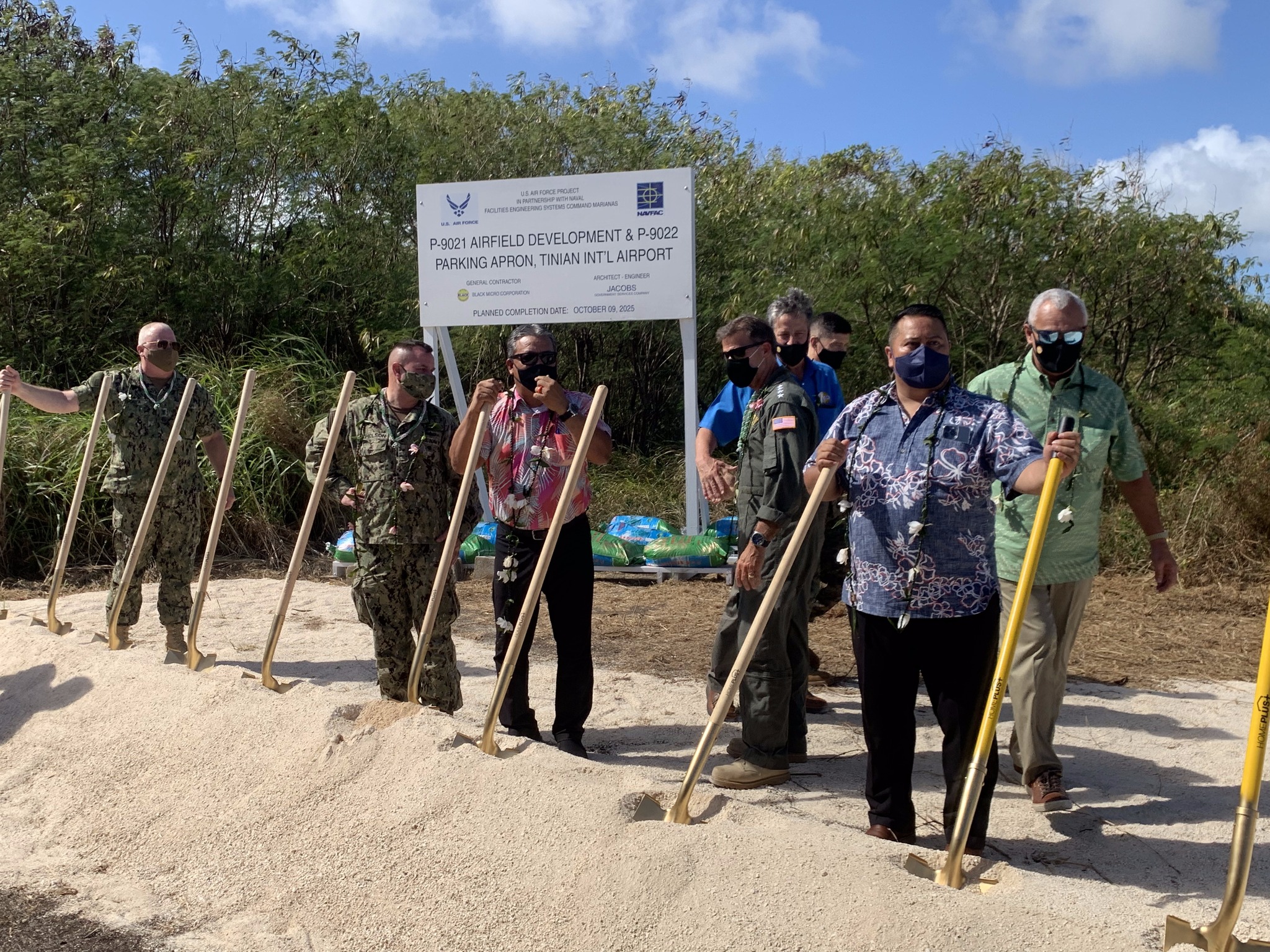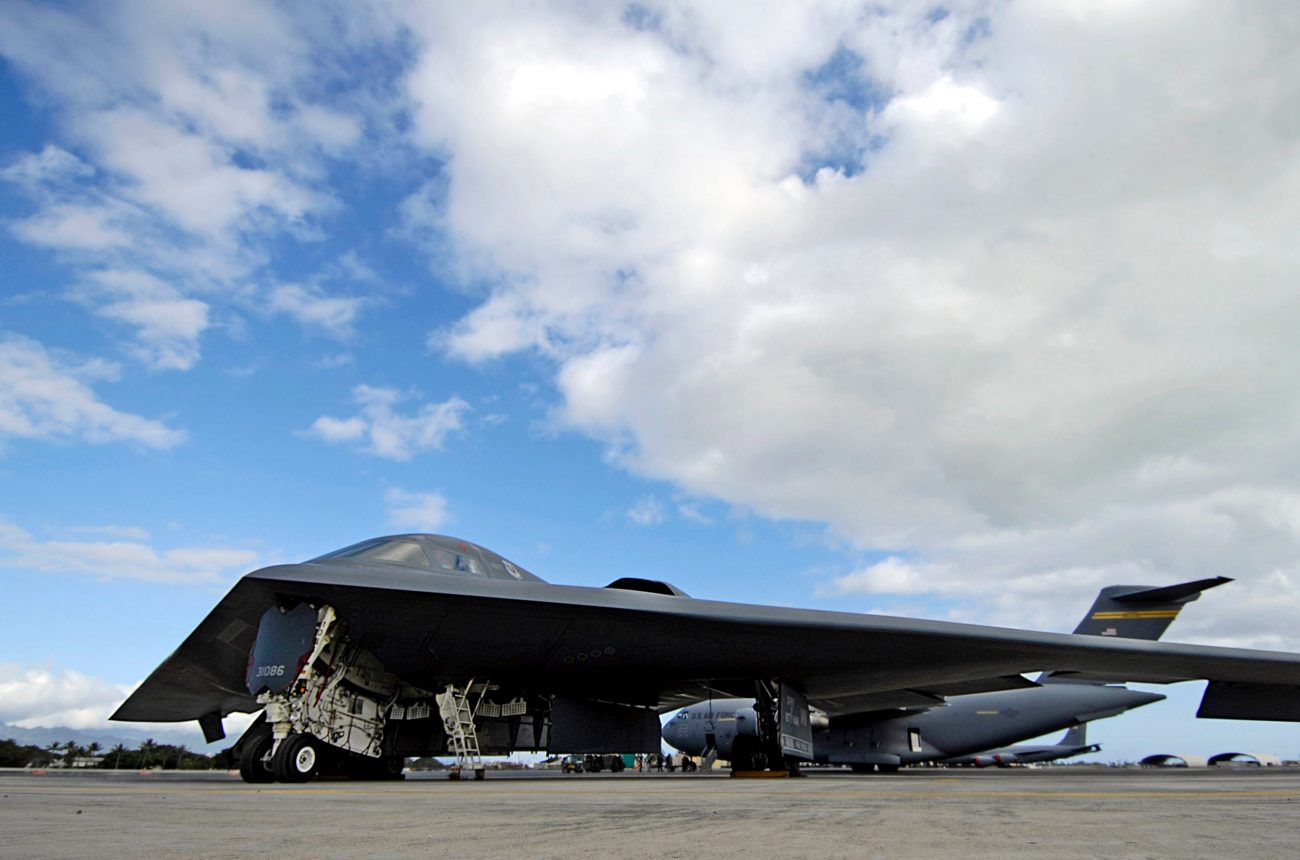As tensions between China and the US continue to escalate, Pentagon is beefing up its infrastructure and logistics in the Pacific, which would serve as a launch pad for American attacks if a conflict erupted between the two in the Indo-Pacific region.
To that end, the Pacific territory of Tinian has come into the focus alongside Guam.
China is known to be working on several Anti-Ship Ballistic Missiles, including the DF-21D and DF-26. The DF-26 is mainly known as the “Guam Killer” due to its 3,000-mile (5,000-kilometer) range, sufficient to reach Guam, a US overseas territory with a large military facility.
Long-range and hypersonic weapons advancements in Beijing threaten the American military assets in the Pacific. To combat the threat, the forward American territory of Guam could soon receive 360-degree sensor coverage, missile defenses, and a command center, as per the proposal detailed in the Missile Defense Agency’s fiscal 2023 budget request.

However, despite reinforced defenses, the US military remains alive to the vulnerability of Guam against the Chinese barrage of missiles.
Therefore, it is now pursuing the construction of another facility on nearby Tinian Island as an alternative to the Anderson Air Force Base in Guam which could be used in the time of crisis, The War Zone reported.
A portion of land has been cleared just to the northwest of Tinian International Airport’s main runway, according to satellite images obtained from Tinian on June 6.
A pre-existing access road runs east-west through the apparent work area’s center. Work at this site began in early May, according to the satellite photos available through Planet Labs.
???? US has begun expansion work at Tinian International Airport (Mariana Islands)
Satellite imagery from June 6 shows activity to clear the airfield, which will house the new aircraft parking apron, taxiways. Completion date October 2025. Estimate US$161.8 million#Osint pic.twitter.com/NUBWWyhKah
— OsintTv? (@OsintTv) June 16, 2022
As part of the Tinian Divert Airfield project, the new work seen in the June 6 photograph corresponds to existing plans to install a new taxiway and aircraft parking apron, among other things, on the north of Tinian International Airport. The operation formally commenced with a ground-breaking ceremony on the island in February 2022 and is slated to be completed by 2025.
Last month, the Missile Defense Agency Director Vice Admiral Jon A Hill claimed that ballistic, cruise and hypersonic missiles are still a threat to Guam while making a case for a new missile defense posture for Guam.
The budget request attempts to place Guam as the most forward Pacific station in protecting the US homeland, as previously noted by EurAsian Times.
While the construction of an airfield has just begun, the US military has been using the airports on Tinian and Saipan for drills and trains during various contingency scenarios. The US Air Force and the Marine Corps have both simulated deploying contingents of combat jets to Tinian International Airport on multiple occasions in the past.
Divert Airfield For Contingency
The Tinian Divert Airfield Project dates back to the early 2010s when environmental impact assessments for prospective development options on Tinian and the nearby island of Saipan were first conducted. The threat posed by China’s long-range missiles might not have been the primary motivation for the project back in the day.
The US territory of Tinian and Saipan are both parts of the Commonwealth of the Northern Mariana Islands (CNMI). Guam is also an American territory in the Pacific but does not come under the CNMI.
The US Air Force decided to explore Tinian only in 2016, several years after the project was mulled by the officials. The Department of Defense (DoD) and authorities from the CNMI agreed to a 40-year lease, allowing construction to begin in 2019. By this time, the threat from China’s PLA had become more defined.

The US Navy’s Naval Facilities Engineering Systems Command Marianas (NAVFAC Marianas) manages the diversion airfield project. Still, the new facilities will be handed over to the Air Force once complete.
North Field, a separate airstrip on Tinian, was created to serve B-29 bomber operations during WWII, and some limited improvements have also been made there in recent years. However, the airstrip cannot handle the operations that currently take place or could take place from Andersons in Guam in case of a conflict. This is where the new air field comes into the picture.
#ValiantShield22 #NMCB3 #SeebeesCanDo
Seabees assigned to NMCB 3 complete a road construction project on the island of Tinian in support of #ValiantShield22, June 7, 2022.
?: Lt. Tyler Baldino pic.twitter.com/3PEaoHUDdr
— U.S. Navy (@USNavy) June 10, 2022
Furthermore, both Tinian and Saipan currently lack the airport infrastructure available at Guam’s Andersen Air Force Base, an area that the US Air Force could potentially be expected to work upon in the future.
Concerns regarding the vulnerability of Andersen Air Force Base and other established US military sites on Guam, particularly to missile strikes in the early stages of a potential high-end Pacific battle with China, have only intensified in recent years.
Preparing For A Potential Battle
Earlier, EurAsian Times had reported that satellite images accessed by US Naval Institute had revealed a chilling Chinese plan of striking military assets in Guam alongside Taiwan.

Not just that, another set of satellite images later revealed that China had created a mock-up of a Japanese aircraft. All this evidence indicates that Beijing is preparing for a conflict with the US and its allies.
Any conflict between the US and China over the Taiwan issue would take place on the seas, for which the US fighters and bombers would have to take off from the closest facility in the Pacific, Guam. This forward base’s vitality means it would be the first to come under Chinese attack, necessitating an alternative in the region.
While China has hinted that it would invade Taiwan someday, the US President announced on his maiden Asian visit that his country would intervene with the military if Beijing launched military operations against Taiwan. Due to a shortage of logistical support in Asia, its military installations in the Pacific would be its best bet against China.

The US military is collaborating with friends and allies across the Pacific to build new base facilities which might be used in various contingencies. Last year, the Pentagon proposed a $27 billion plan to counter China’s growing influence in the Pacific.
The work on Tinian is part of a more significant effort in the Pacific region to boost infrastructure and general basing options, including Guam improvements. Additional US military base development work is underway on Wake Island, a US protectorate in the Pacific located 1,500 miles northwest of Guam.
Tinian’s airfield facilities might pale in contrast to those on Guam, even after the completion of the diversion airfield project. They will, however, provide the Air Force and other branches of the US military with a more viable and immediate alternative to Andersen, particularly when it comes to supporting larger aircraft, such as aerial refueling tankers and cargo planes.
With no signs of tensions abating between the two arch-rivals, the US preparation for a conflict in Tinian might be the beginning.
- Contact the author at sakshi.tiwari9555@gmail.com
- Follow EurAsian Times on Google News




